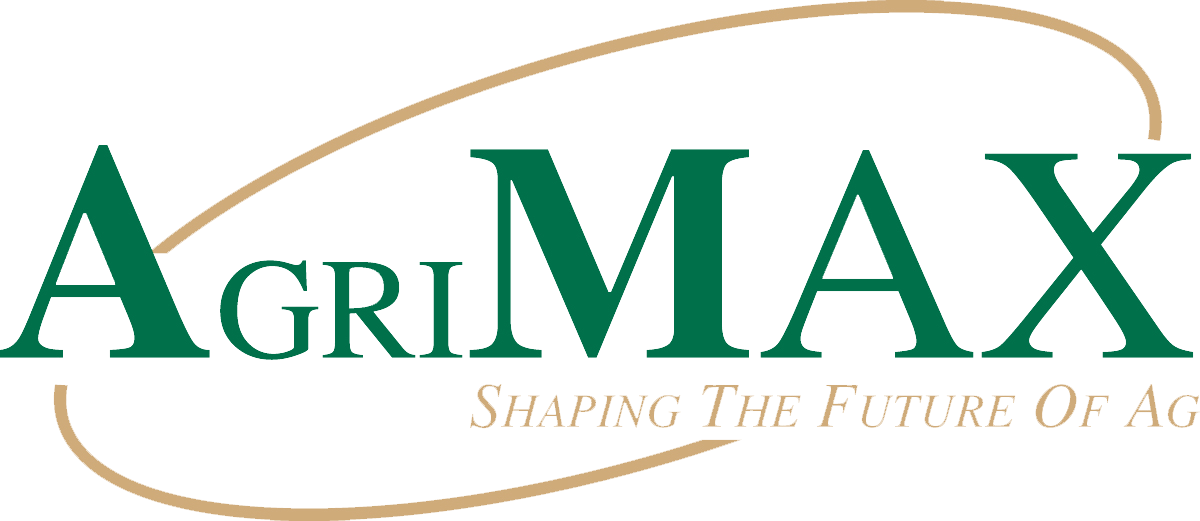What is Carbon Sequestration?
Carbon dioxide (CO2) is a major greenhouse gas responsible for climate change. Carbon sequestration is the process of capturing and storing CO2 from the air to reduce its concentration in the atmosphere. This is crucial for fighting climate change.
The Role of Farming in Carbon Sequestration
In agriculture, carbon sequestration happens in the ground, specifically in the soil. When crops grow, they absorb CO2 from the air during photosynthesis and release oxygen. This process stores carbon in the soil. However, plowing or tilling the soil can release that stored carbon back into the air. Farmers can prevent this by using “no-till” or “reduced-till” methods, which help keep carbon in the ground.
What Are Carbon Credits?
Carbon credits are a way to address greenhouse gas emissions. They work on the idea that those responsible for emitting CO2 must either reduce their emissions or financially support projects that remove CO2 from the atmosphere. This support is in the form of “carbon credits,” each representing the removal of one metric ton of carbon from the environment.
How Are Carbon Credits Created in Farming?
Carbon credits in farming are generated based on the amount of carbon sequestered by the soil. This means they represent the emissions reduced above the soil. So, if a farming practice successfully captures and stores carbon, it can translate into valuable carbon credits that farmers can trade or sell.
How to Get Started
Getting involved in carbon sequestration and carbon credit programs is a proactive step toward mitigating climate change and making a positive impact on the environment. If you’re interested in participating, there are a few key steps to get you started:
- Assess Your Business: Understand your carbon footprint and how it relates to your business.
- Choose the Right Approach: Select carbon reduction practices that align with your goals such as exploring no-till or reduced-till farming practices.
- Select a Provider: Partner with a recognized carbon credit provider, such as Indigo, Bayer, or Corteva. There are many other companies that offer credits. If you need help finding a provider that is right for you, reach out to us to consult with an agronomist.
- Review Eligibility: Check and meet the eligibility requirements of your chosen provider.
- Use Provider’s Tools for Estimate: Utilize the tools and resources provided by your chosen carbon credit provider to estimate potential credit generation based on your planned emissions reductions.
- Measure and Verify: Get your emissions reductions measured and verified.
- Generate Carbon Credits: Begin earning credits based on your carbon reductions.
- Explore Market Opportunities: Investigate selling or trading your carbon credits.
- Stay Committed: Continue sustainability efforts to increase credit generation.
If you need help getting started with carbon sequestration and carbon credit programs, don’t hesitate to reach out to us! We’re here to assist you on your journey towards a more sustainable and climate-resilient future. Together, we can work towards a greener and healthier planet.

